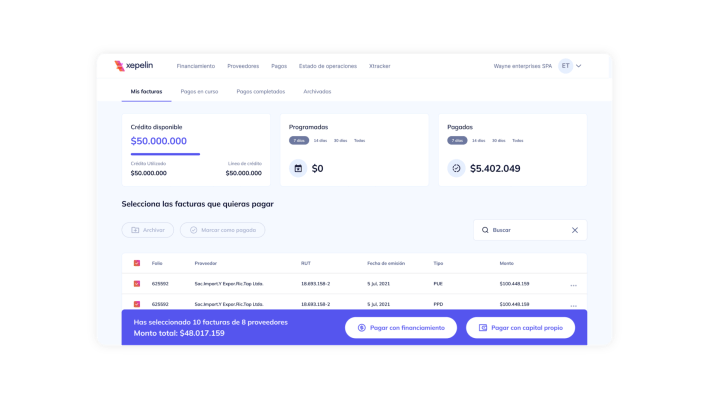Growing up enterprise for SaaS startups: 7 lessons on doing it right – TechCrunch

Practically every software-as-a-service company wants to move up-market and sell to enterprises as well as to smaller customers. Doing so can lead to bigger contracts, more growth, and the kind of scale required to become a well-known technology name — think Workday, ServiceNow, Palo Alto Networks, or Snowflake.
Despite how well-trodden this path is, it’s a surprisingly difficult motion to get right.
In my current role as an operating partner at Battery Ventures, I field questions daily from companies with bottom-up sales motions — those focused on smaller customers who often buy software themselves — about how to make the jump into enterprise. The first thing I tell them is that moving up-market to the enterprise is a lot more complicated than they might think.
Unfortunately, a lot of founders make the mistake of thinking that hiring a bunch of highly paid account executives (a fancy name for salespeople) is the same as “going enterprise.” It’s not.
Moving up into the enterprise requires fundamental changes to every function in the company. It means hiring for new roles that don’t exist, and adopting tools that will match the new processes you’ll implement. New roles, tools, and processes means additional expenses.
So why do it? Because, when done right, the benefits outweigh the cost and complexity. An enterprise sales model allows you to widen your total addressable market and go after customers with better net-revenue retention and stronger long-term value.
Moving into the enterprise is tougher than it seems, and many companies aren’t ready to do it, especially in this market.
If you’re making your move into the enterprise now, the stakes are rising. Volatile tech markets and fears of a recession mean enterprise technology buyers may be even less likely to spend money on new, unproven tech in the coming months or years. So if you’re new to the enterprise market, you need to enter the fray fully prepared to do it right.
Key components of growing up enterprise include changes to your product, marketing, sales, legal, finance, HR, and customer success. I’ll give an overview below of each of these areas, and relevant considerations for companies thinking about diving in.
But first let’s assess your company’s overall enterprise readiness.
Note: This post is an excerpt from Bill Binch’s new e-book, “Growing Up Enterprise”
What does ‘enterprise readiness’ mean for your company?
First, ask yourself if any priorities rank above your move to the enterprise. Are you expanding globally? Are you releasing a new product (product, not feature) in the near term?
I’d strongly advise waiting on the enterprise motion until it can be your company’s highest priority — something that’s talked about in the weekly CEO staff meeting.
Why is this so important? Because enterprise readiness extends well beyond sales and marketing. Nobody wants sales and marketing to reel in a big-fish customer only to have the deal fall apart due to operational obstacles. Let’s run through a few common scenarios to illustrate how this can play out.



